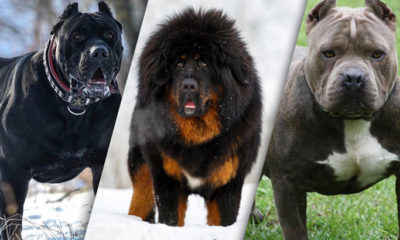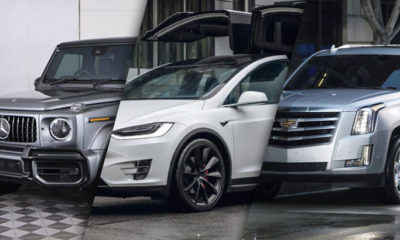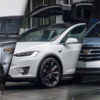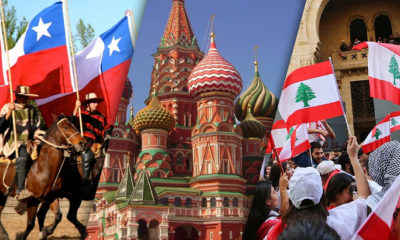Aircraft are some of the most crucial and revolutionary equipment our armed forces and transportation services use, and whether it’s the Air Force, National Guard, Army Paratroopers or regular travel, planes continue to be a vital tool for a wide variety of things from travel to national defense.
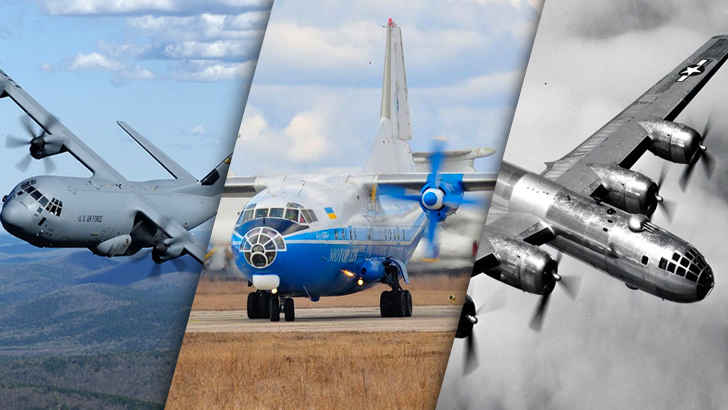
ADVERTISEMENT - CONTINUE BELOW
As time has gone on, these aircraft have only gotten more advanced, faster, and more stealthy. The more complex and tactical, the more variety that has been developed, so we’ve compiled some of the best and most impressive aircraft in history.
Martin JRM Mars
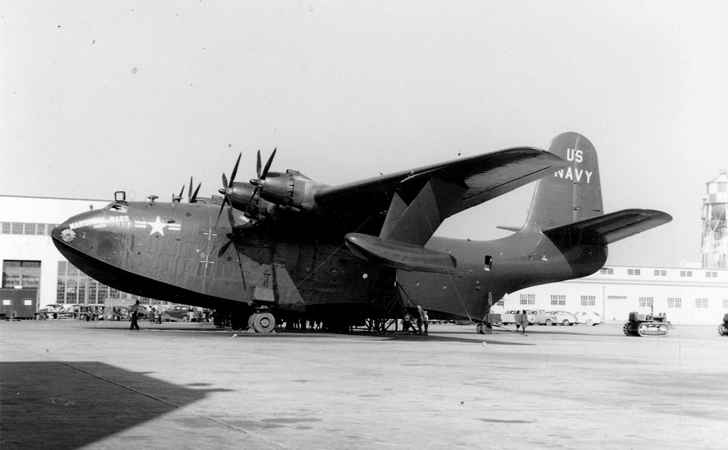
ADVERTISEMENT - CONTINUE BELOW
Unlike some other massive planes, the JRM Mars saw a fair amount of use while in production. Originally designed as a bomber, this flying boat was converted to a transport plane, and it was even used to fight fires.
Convair B-36 Peacemaker
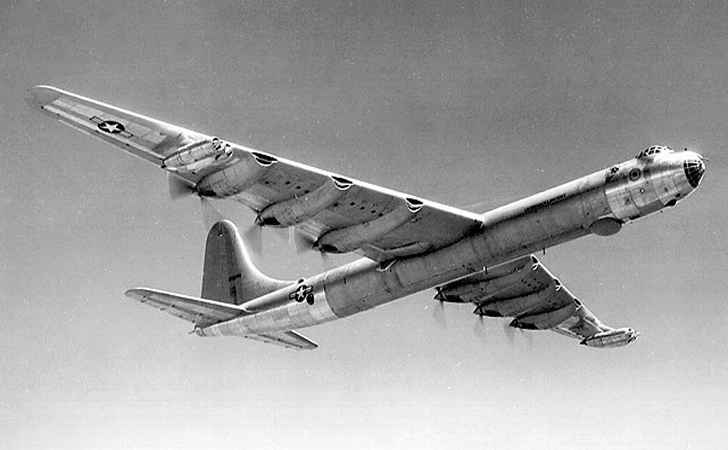
ADVERTISEMENT - CONTINUE BELOW
At a time when jet fighters were taking over, the Peacemaker came a few years too late. This massive prop plane could fly for incredibly long distances, but it was difficult to fly, and there were simply more efficient options by the time it was able to see service time.
Convair XC-99
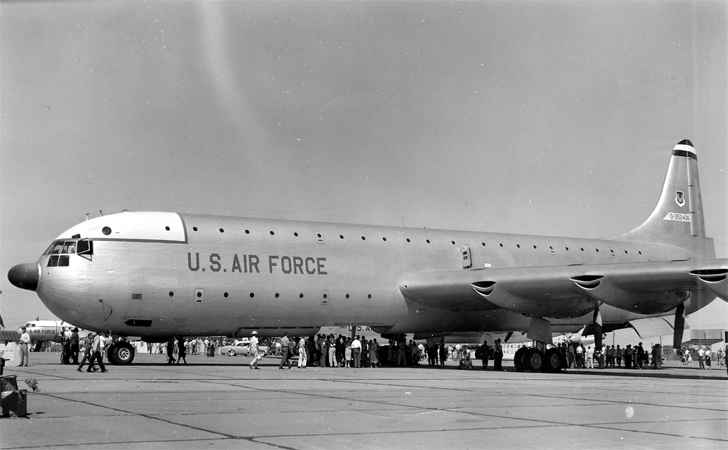
ADVERTISEMENT - CONTINUE BELOW
The XC-99 only saw 11 years of service, but it did see time during the Korean War. It was simply too long and it was difficult to control. Ironically, it only ended up being used to transport the parts of other smaller planes.
Boeing B-52 Stratofortress
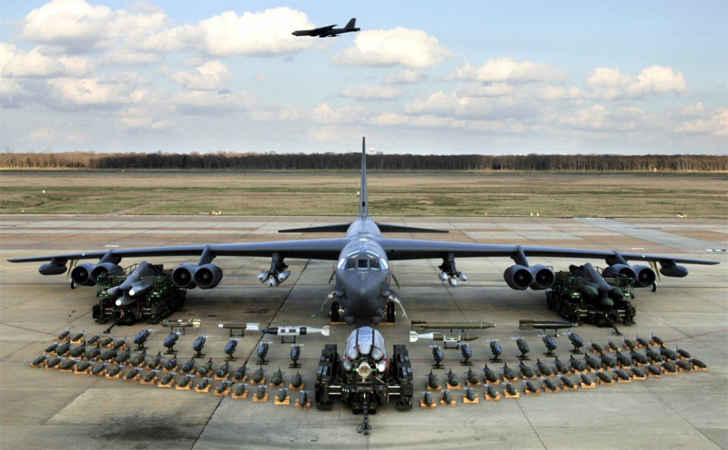
ADVERTISEMENT - CONTINUE BELOW
The Stratofortress was a bit smaller than its predecessors, but it still had an impressive 159-foot wingspan. This particular plane was able to carry a wide variety of different intelligence equipment, but on a darker note, it was also able to deliver a major nuclear payload.
Blohm & Voss BV 238
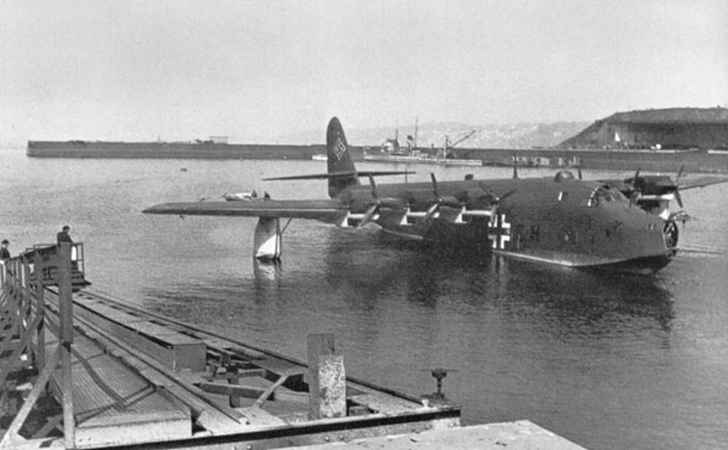
ADVERTISEMENT - CONTINUE BELOW
During World War II, engineers tried to solve the problem of how to land a large plane on the water. The Blohm & Voss BV 238 successfully accomplished this goal. It was essentially a flying fortress that could also deliver goods after landing on the water. It would be forgotten after the war, but it was a huge step in aviation history.
Boeing B-29 Superfortress
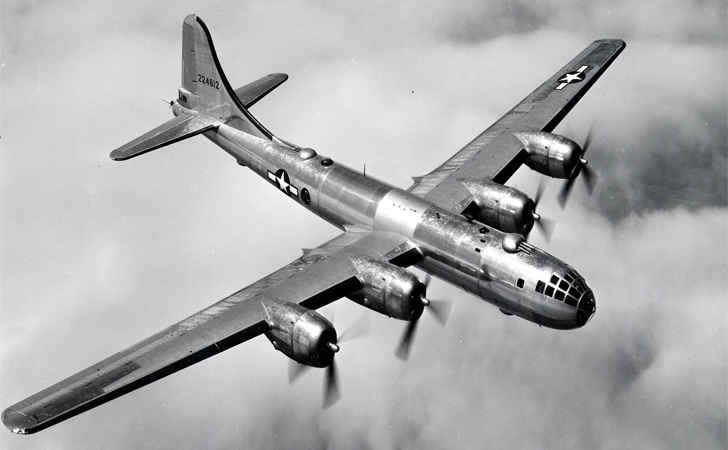
ADVERTISEMENT - CONTINUE BELOW
The Flying Fortress type of planes have gone out of style now, but back in the day, these fighters dominated the skies. The B-29 Superfortress was a full size bomber, plus it had the guns to take part in combat at altitudes of over 40,000 feet.
Messerschmitt ME 323
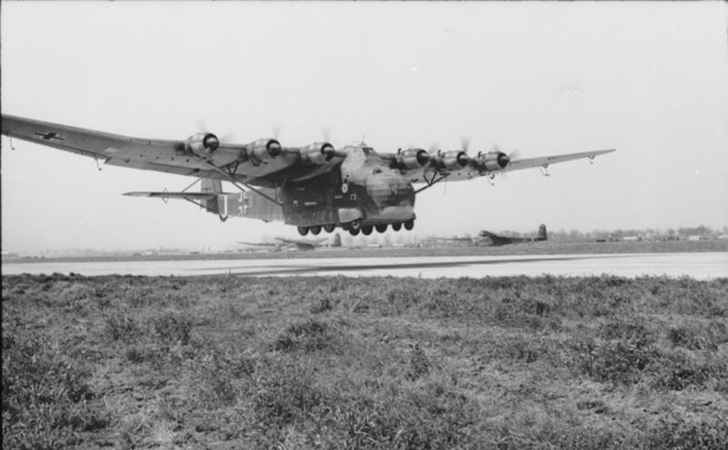
ADVERTISEMENT - CONTINUE BELOW
The ME 323 was actually a smaller version of another Messerschmitt, but that plane was too big for combat use. Still, the 220-ton ME 323 is nothing to sneeze at! Its size and slow speed made it an easy target, so it was retired quickly.
Lockheed C-5 Galaxy
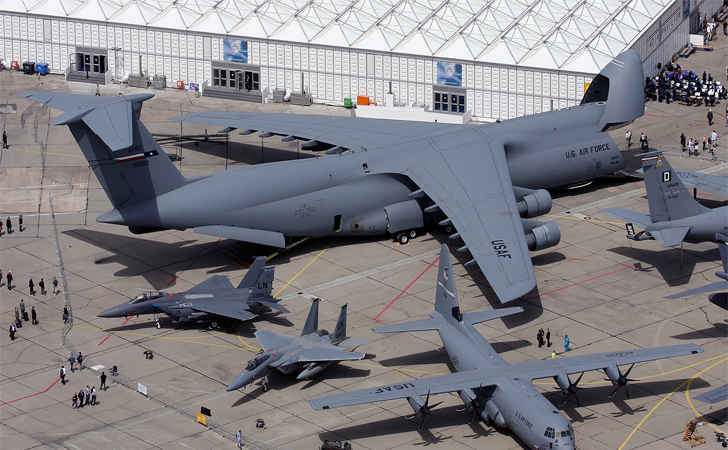
ADVERTISEMENT - CONTINUE BELOW
The C-5 Galaxy debuted back in 1970, and it has managed to stay in service, after multiple revisions and improvements over the years. Over the years, it has been one of the most reliable army transport vehicles. The Galaxy absolutely dwarfs other planes.
Tupolev Tu-160
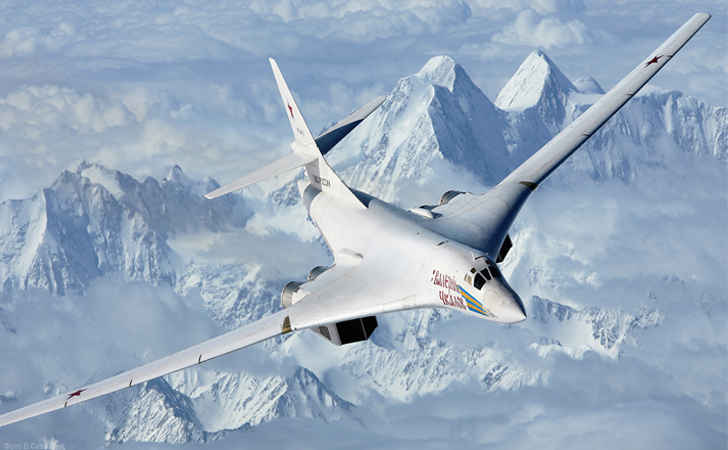
ADVERTISEMENT - CONTINUE BELOW
Some of the biggest pieces of flying technology have come from Soviet research projects. The Tupolev Tu-160 is no exception to that. This plane comes in at over 300 tons, and can carry a 44-ton payload!
Antonov An-124
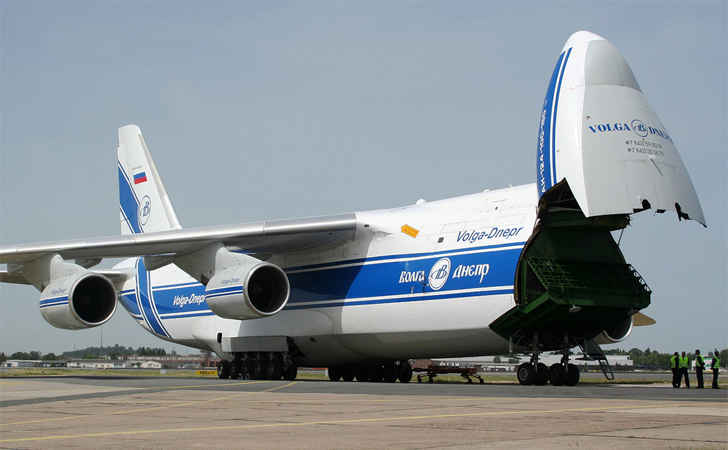
ADVERTISEMENT - CONTINUE BELOW
The Antonov was Russia’s answer to C-5 Galaxy. This Russian transport plane still sees some service, but most of these planes serve as civilian cargo planes. They are able to be called into service whenever they are needed though.
Antonov An-225 Mriya
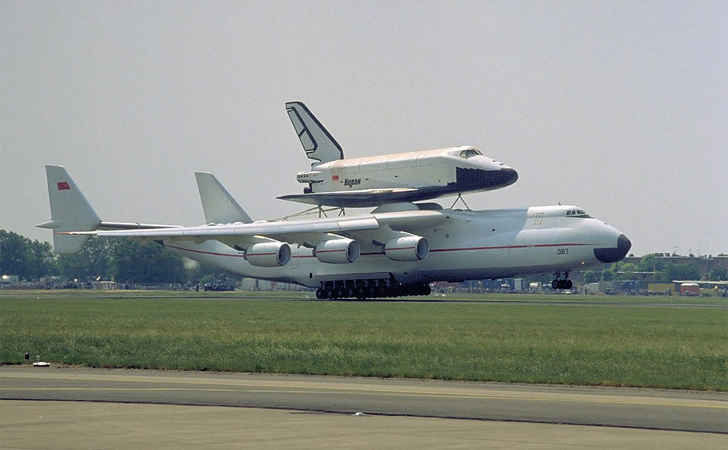
ADVERTISEMENT - CONTINUE BELOW
In this case, the Russians took the concept of a cargo plane to the extreme. This model is able to carry up to 700 tons of equipment, and was specifically designed to carry the Russian space shuttle. When fully loaded, the plane carries 1,000 tons, when you factor in its own weight.
Boeing C-17 Globemaster III
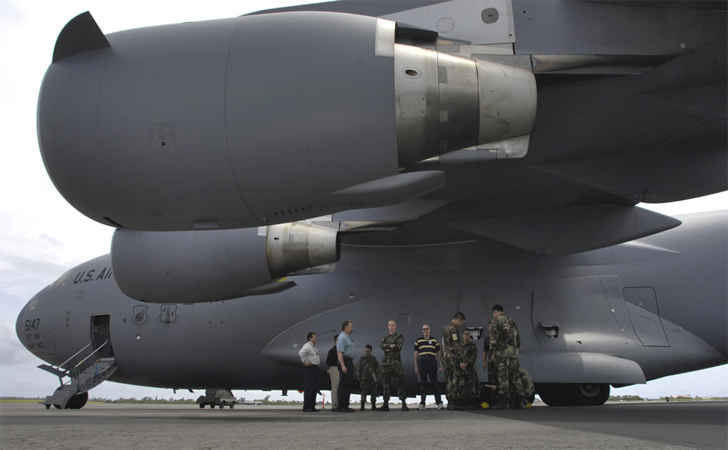
ADVERTISEMENT - CONTINUE BELOW
With over 260 Globemasters in the field, it’s clear that the U.S. Air Force clearly values this cargo plane. The C-17 was designed to land and take off regardless of the terrain, and its mission has been successful.
Antonov An-22
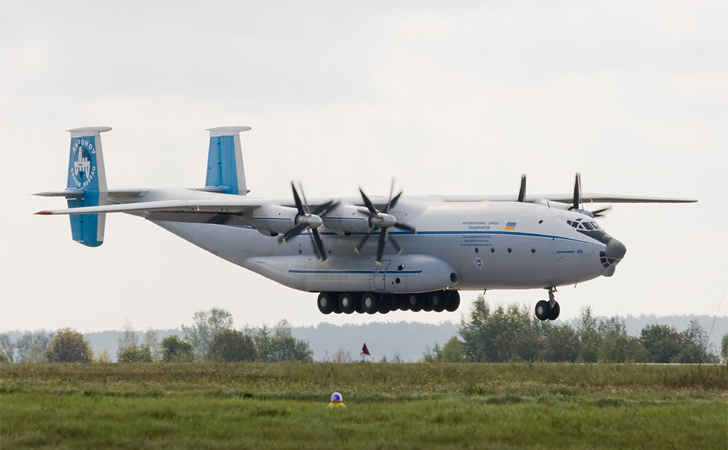
ADVERTISEMENT - CONTINUE BELOW
The Russian counterpart to the Globemaster is also designed to take off and land on all terrains. It’s a bit rare to see them in action, even though there are still plenty of them around today.
Airbus A400M Atlas
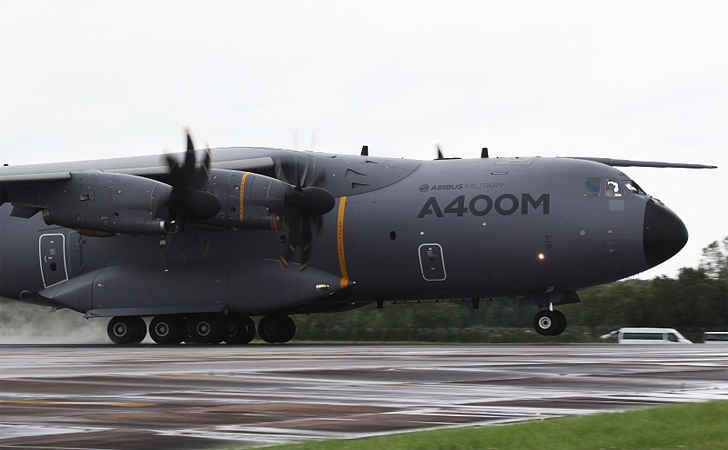
ADVERTISEMENT - CONTINUE BELOW
As one of the newer planes on this list, the propellers are a bit surprising. However, this airbus is extremely fuel efficient and it is used in a variety of countries around the world. It may be one of the most impressive pieces of military aviation equipment on the market.
Ilyushin II-76
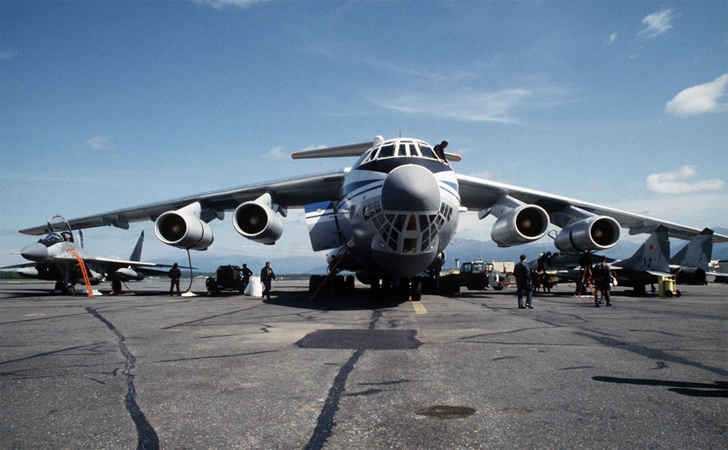
ADVERTISEMENT - CONTINUE BELOW
The II-76 was the first Soviet cargo plane that was also a jet. Despite its size, the cargo plane has been able to function in all weather situations, and it’s also fully capable of carrying a 50-ton load in those conditions.
Antonov An-12
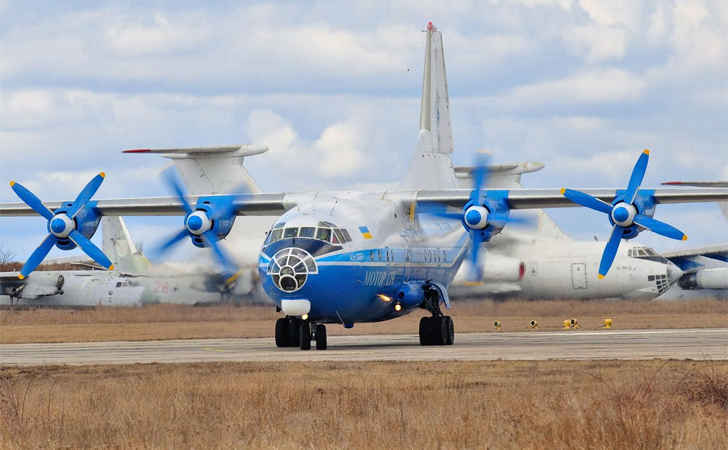
ADVERTISEMENT - CONTINUE BELOW
Like many other innovations in Russia, the Soviet An-12 was an answer to the American Hercules. There are a few variants of this plane around the world, but the Chinese version is by far the most powerful.
Lockheed Martin C-130J Super Hercules
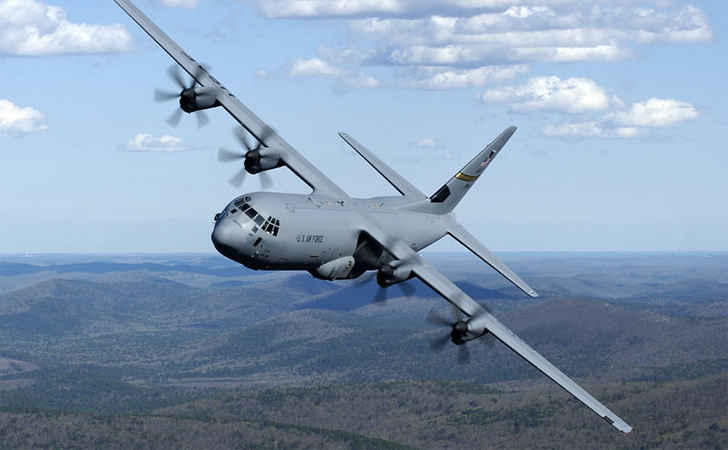
ADVERTISEMENT - CONTINUE BELOW
Hercules is one of the most popular military cargo crafts around today. It’s capable of carrying 120 men, along with 20 tons of equipment. While it’s used in the military, it’s also used to manage wildfires.
Xian Y-20
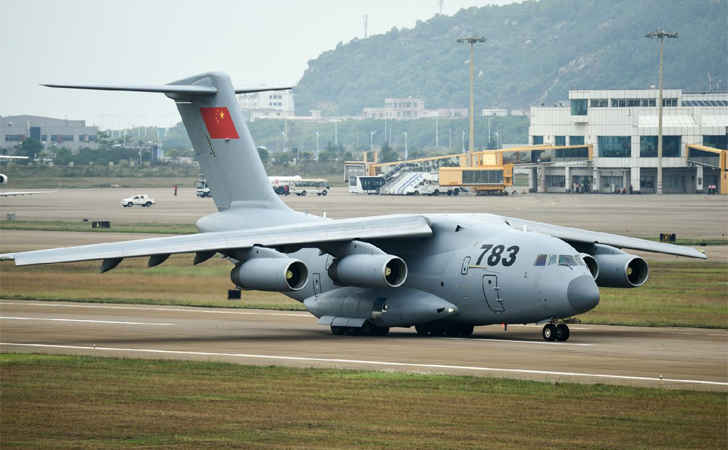
ADVERTISEMENT - CONTINUE BELOW
The Xian Y-20 is not supposed to be on the market until late 2017, but it’s already the biggest plane that China has ever built. There has been a lot of experimentation, and the plane is now capable of carrying a 60-ton payload.
Junkers JU 390
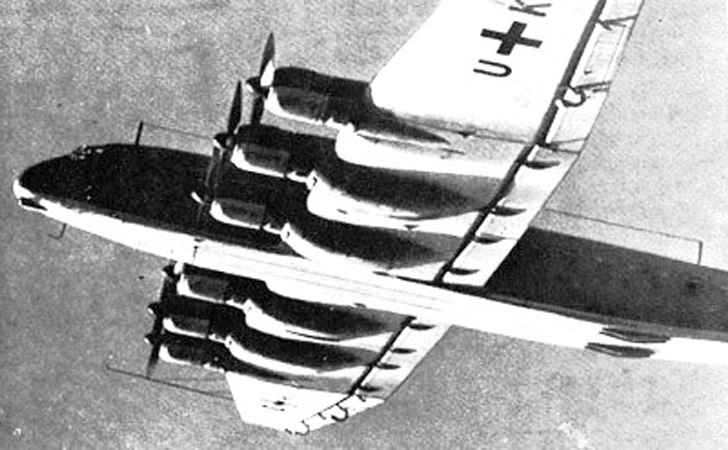
ADVERTISEMENT - CONTINUE BELOW
Germany created the JU 390 as a transport plane that also doubled as a long range bomber. The innovative design became a blueprint for long range bombers for the rest of WWII. The six propellers gave the plane significant lift, as well as maneuverability.
Hughes H-4 Hercules
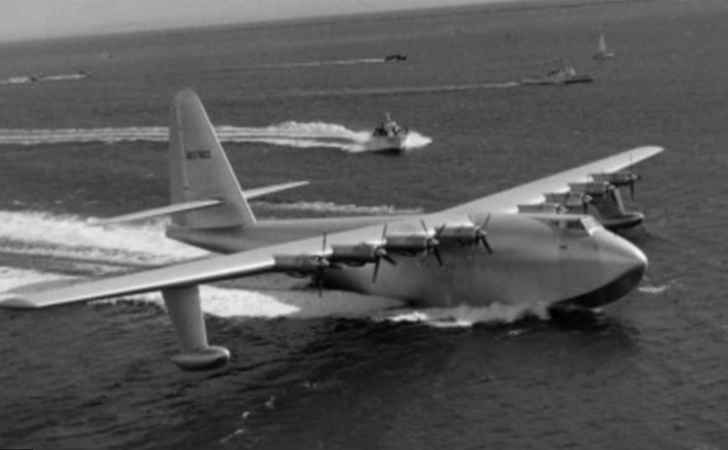
ADVERTISEMENT - CONTINUE BELOW
As one of the largest planes created during World War II, the Spruce Goose became a model for many transport planes created after it. Sadly, Hughes didn’t finish it before the end of the war. With all of the restrictions on metal, Hughes built the giant floating plane out of wood, and that’s where the nickname came from. Despite the letdowns in its history, the Spruce Goose holds the title of the largest flying boat to ever be built!
Kalinin K-7
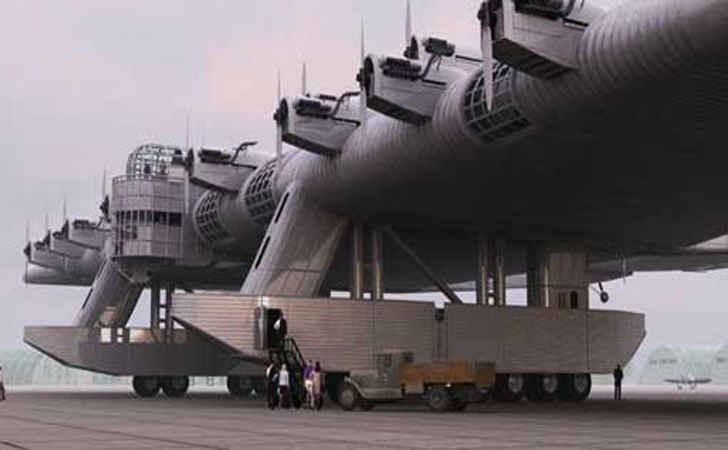
ADVERTISEMENT - CONTINUE BELOW
The Kalinin K-7 was designed by the Soviets during the time period when they thought that they needed to build everything bigger in order to impress the rest of the world. This giant aircraft did manage to fly, but the plane was too unwieldy to be effective.
Shaanxi Y-9

ADVERTISEMENT - CONTINUE BELOW
This monster Chinese aircraft was built to be a rival to the C-130J Super Hercules, and dawned a new age of tactical transport planes for the country. With the ability to carry up to 25,000 kg of cargo, it can also fit 106 passengers, 132 paratroopers, or 72 stretchers. It can also carry a variety of military vehicles if needed, as it also has a ramp in the back.
Kawasaki C-2

ADVERTISEMENT - CONTINUE BELOW
Hailing from Japan, this mid-size military transport aircraft is much more than simply a medium build. And similar to the Hercules and Y-9, its specific purpose is to get a ton of equipment to one place. It can also hold nearly 38 tons, which is far more than many of its counterparts.
Aero Spacelines Super Guppy

ADVERTISEMENT - CONTINUE BELOW
The only remaining organizations who still use the Super Guppy are NASA and the newly founded Space Force, as the aircraft’s shape is ideal for transporting large amounts of spacecraft and their components. Modeled after the Boeing C-97 Stratofreighter, it was later replaced by the Airbus Beluga, but NASA still uses the Super Guppy frequently.
Boeing 747 Dreamlifter

ADVERTISEMENT - CONTINUE BELOW
The Boeing 747 Dreamlifter is so massive, the parts needed to build it literally come from all across the world. Not only is it their biggest storage plane by far, but its 65,000 cubic feet is the largest cargo hold in the world. They hold up to 125 tons, and only 4 exist in the world.
Airbus BelugaXL

ADVERTISEMENT - CONTINUE BELOW
If you thought the original Airbus Beluga ws huge, the XL is here to double your expectations. Flying for the first time only in 2020, it’s 206 foot length and dual Roles Royce Trent 700 turbofan engines make it on of the biggest carriers in existence, being able to carry not one but two A350 XWB’s wings inside of it, again, doubling the capacity of its predecessor.
McDonnell Douglas KC-10 Extender

ADVERTISEMENT - CONTINUE BELOW
With the sole purpose of refueling military aircraft, the McDonnell Douglas KC-10 Extender is the largest fuel tanker aircraft in existence. Its 164-foot wingspan carries a whopping 52,250 gallons of fuel, and even though Boeing is constructing a larger fuel plane size-wise, it won’t be able to hold this much. The varying cargo loads can also be adjusted to accommodate space.
Stratolaunch

ADVERTISEMENT - CONTINUE BELOW
Owned by billionaire Paul Allen, this 385-foot wingspan is the largest in the world, and could sit larger than an entire football field. The sole purpose of this aircraft is to launch rockets with the hope of saving them fuel on their initial departure from Earth, helping to orbit easier. Impressively, it can transport and assist up to three aircraft in one expedition.
Airbus A380

ADVERTISEMENT - CONTINUE BELOW
This is the largest passenger aircraft in the skies right now, and ever, as it carries a total of 850 passengers on some of the longest routes of any plane in the world. It’s a world record holder, and currently is the absolute definition of a literal Airbus.




































